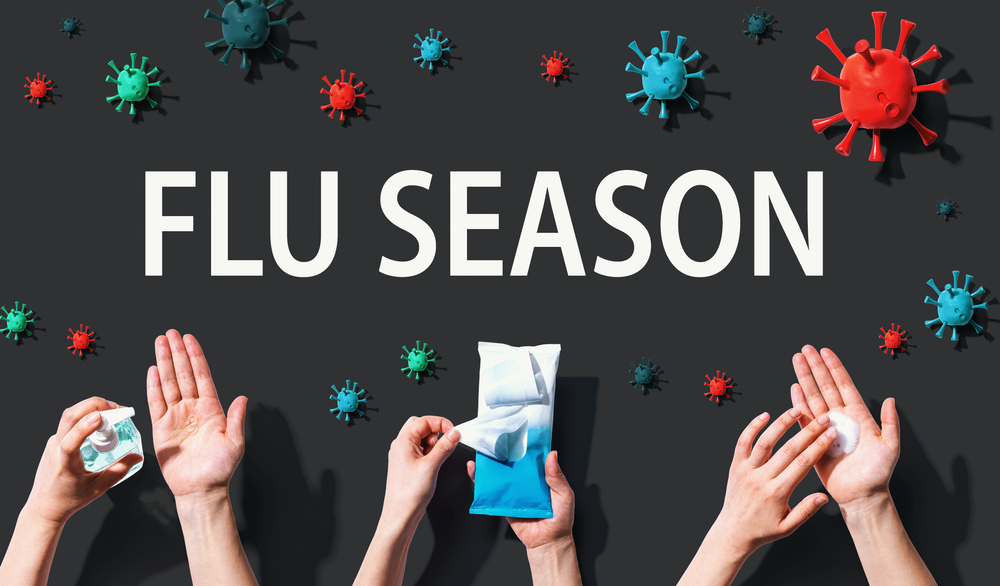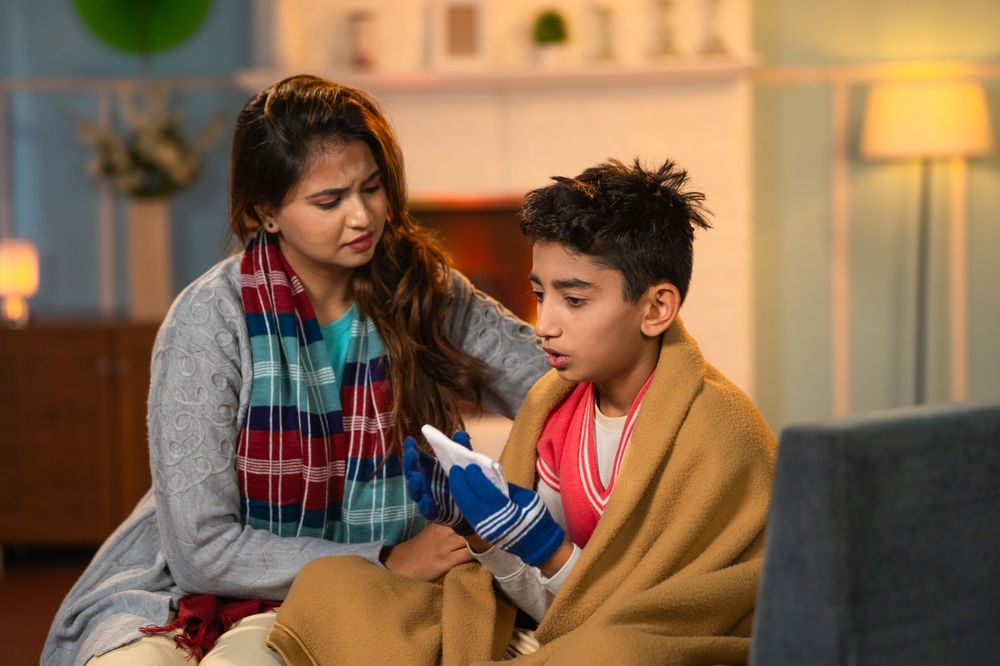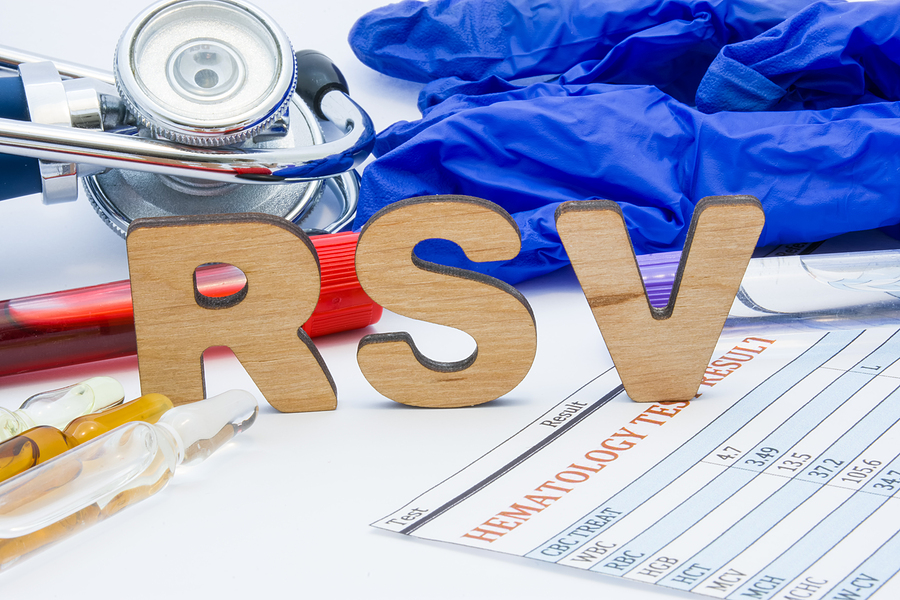Mauren Mills, RN, Lactation Consultant
“What is thrush? Thrush is a term we use to describe an overgrowth of yeast that is in a baby’s mouth or a breastfeeding mom’s nipples.
How did I get thrush? Possible reasons include: antibiotics, steroid use, vaginal yeast infection, diabetes (gestational and IDDM), high carb diet, birth control pills and tissue breakdown from nipple trauma.”
Do you have any of these symptoms?
- Burning/painful nipples during and/or after breastfeeding
- “Jolting” feeling when nipples touch anything
- Shooting, stabbing pain in breasts even when not breastfeeding
- Possible reddened, inflamed or shiny nipples
Does your baby have any of these symptoms?
- White patches in his/her mouth (typically on the inside of the cheek and tongue that is not easily wiped off)
- Diaper rash (red, raised bumps)
- Chafing in the diaper area
- Overly gassy or fussy
If you have any of these symptoms, you and your baby may have thrush. Do not stop breastfeeding!!
Here are some things we may tell you to try:
- Nystatin: this is a prescription antifungal liquid that you squirt in your baby’s mouth or paint the mouth with a q-tip 4 x’s/day. Apply 2-3 times/day to nipples after nursing. This must be continued at least 4 days after the thrush is cleared avoid a reoccurrence.
- Sterilize bottles, nipple, pacifiers and anything baby puts in his/her mouth. Boil them for 20 minutes each day to make sure and kill the yeast that could be on them.
- White vinegar: Mix a solution of one tablespoon white vinegar in one cup water. Dab a bit on your nipples with a cotton ball after nursing and let air dry.
- 1% Gentian Violet is effective but messy. Apply a small amount with a q-tip once a day to baby’s mouth and twice a day to your nipples for 3 days. Put Vaseline on baby’s lips before using this treatment to avoid purple stains.
- Diflucan: This is an oral anti fungal that is prescribed by your OB/GYN
Things to keep in mind:
- Hot water over 122 degrees will kill yeast
- Microwave your undergarments on high for 5 minutes will kill yeast (make sure there is no metal in anything you put in the microwave)
- Sunlight will kill yeast – hang your clothing outside on a sunny day
- Freezing does not kill yeast – any stored breastmilk during an active yeast infection should be dumped if not given to the baby that day (I cringe to write this but the yeast will come back if given at a later date). Any milk pumped during a yeast infection should be given right away and not stored.






